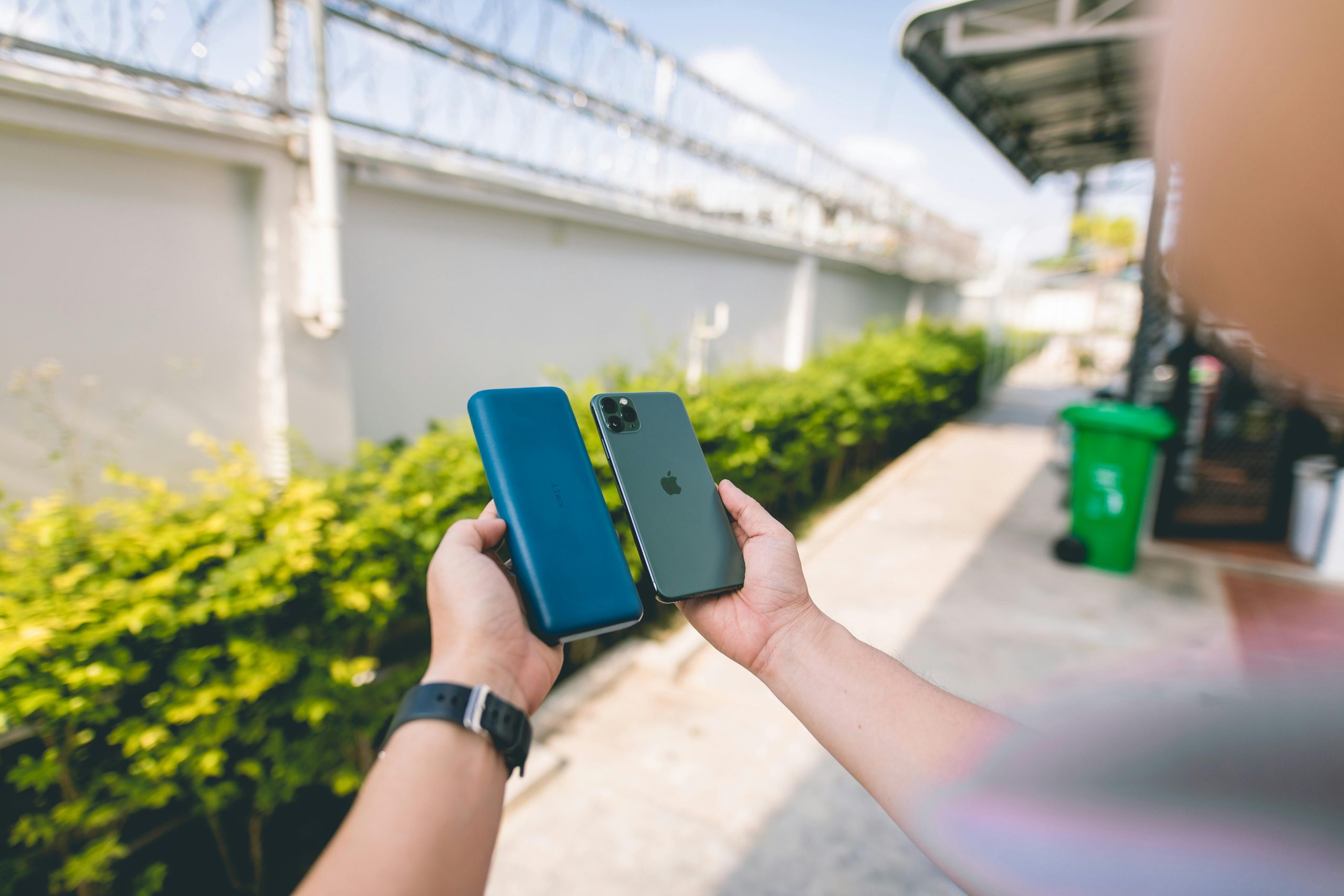Wireless charging has evolved from a futuristic concept to an everyday convenience, and 2024 is set to bring even more groundbreaking advancements. As the demand for seamless, cable-free power grows, new technologies are emerging to deliver faster, more efficient, and versatile charging solutions. From extended-range charging to eco-friendly innovations, the latest developments are transforming how we power our devices. Here’s a deep dive into the top wireless charging technologies revolutionizing the industry this year.
1. Extended-Range Wireless Charging
One of the most exciting breakthroughs in 2024 is the advent of extended-range wireless charging. Unlike traditional inductive charging, which requires close contact between the device and the charger, this technology enables power transfer over distances of several feet. Companies like Energous and Ossia are leading the charge with RF-based solutions that can charge multiple devices simultaneously within a room.
How It Works
Extended-range charging leverages radio frequency (RF) waves or infrared beams to transmit energy. These systems use smart antennas to detect and focus power on compatible devices, ensuring efficient energy transfer without the need for precise alignment. This technology is particularly promising for smart homes, offices, and public spaces where convenience is key.
Benefits
- No physical contact required—charge devices while using them.
- Supports multiple devices at once, reducing clutter.
- Ideal for IoT devices, wearables, and smartphones.
2. Ultra-Fast GaN Wireless Chargers
Gallium Nitride (GaN) technology has been a game-changer for wired chargers, and now it’s making waves in wireless charging. GaN-based wireless chargers are smaller, more efficient, and capable of delivering significantly higher power outputs than traditional silicon-based chargers. Brands like Anker and Belkin are rolling out ultra-fast wireless pads that can charge smartphones at speeds rivaling wired solutions.
Key Features
- Reduced heat generation, improving safety and longevity.
- Compact designs that fit seamlessly into modern lifestyles.
- Supports up to 30W wireless charging for compatible devices.
Future Potential
As GaN technology matures, we can expect even faster charging speeds and broader adoption in automotive and industrial applications.
3. Bidirectional Wireless Charging
Bidirectional charging is another revolutionary trend in 2024, allowing devices to both receive and transmit power wirelessly. This technology turns smartphones, tablets, and even electric vehicles into portable power banks. For instance, Samsung and Apple are integrating bidirectional capabilities into their flagship devices, enabling users to charge accessories like earbuds or smartwatches directly from their phones.
Applications
- Smartphones as Power Hubs: Charge other devices on the go.
- Electric Vehicles (EVs): Use EV batteries to power homes during outages.
- Emergency Power: Share energy between devices in critical situations.
Challenges
While promising, bidirectional charging requires advanced circuitry and standardization to ensure compatibility across devices.
4. Solar-Integrated Wireless Charging
Sustainability is a major focus in 2024, and solar-integrated wireless charging is paving the way for greener power solutions. Companies are developing hybrid chargers that combine solar panels with wireless charging pads, allowing users to harness renewable energy for their devices. Products like the Solarin charger by Solgaard exemplify this trend, offering eco-conscious consumers a way to reduce their carbon footprint.
Advantages
- Reduces reliance on grid electricity.
- Ideal for outdoor enthusiasts and travelers.
- Supports off-grid charging in remote areas.
Limitations
Solar charging efficiency depends on weather conditions, making it less reliable than traditional methods in some scenarios.
5. Smart Surface Charging
Imagine charging your devices simply by placing them on a table or countertop. Smart surface charging makes this possible by embedding wireless charging technology into everyday furniture. Brands like IKEA and LG are pioneering this space with desks, nightstands, and kitchen countertops that double as charging stations.
How It Works
These surfaces use inductive or resonant charging coils hidden beneath the material, activated when a compatible device is placed on top. Advanced systems can even detect the device’s power requirements and adjust output accordingly.
Benefits
- Seamlessly integrates into home and office environments.
- Eliminates the need for multiple charging pads.
- Enhances aesthetic appeal with minimalist designs.
Conclusion
The wireless charging landscape in 2024 is more dynamic than ever, with innovations like extended-range charging, GaN technology, bidirectional power transfer, solar integration, and smart surfaces leading the charge. These advancements are not only making charging more convenient but also more sustainable and versatile. As these technologies continue to mature, we can expect a future where tangled cables and dead batteries become a thing of the past. Stay tuned as these cutting-edge solutions redefine how we power our lives.
